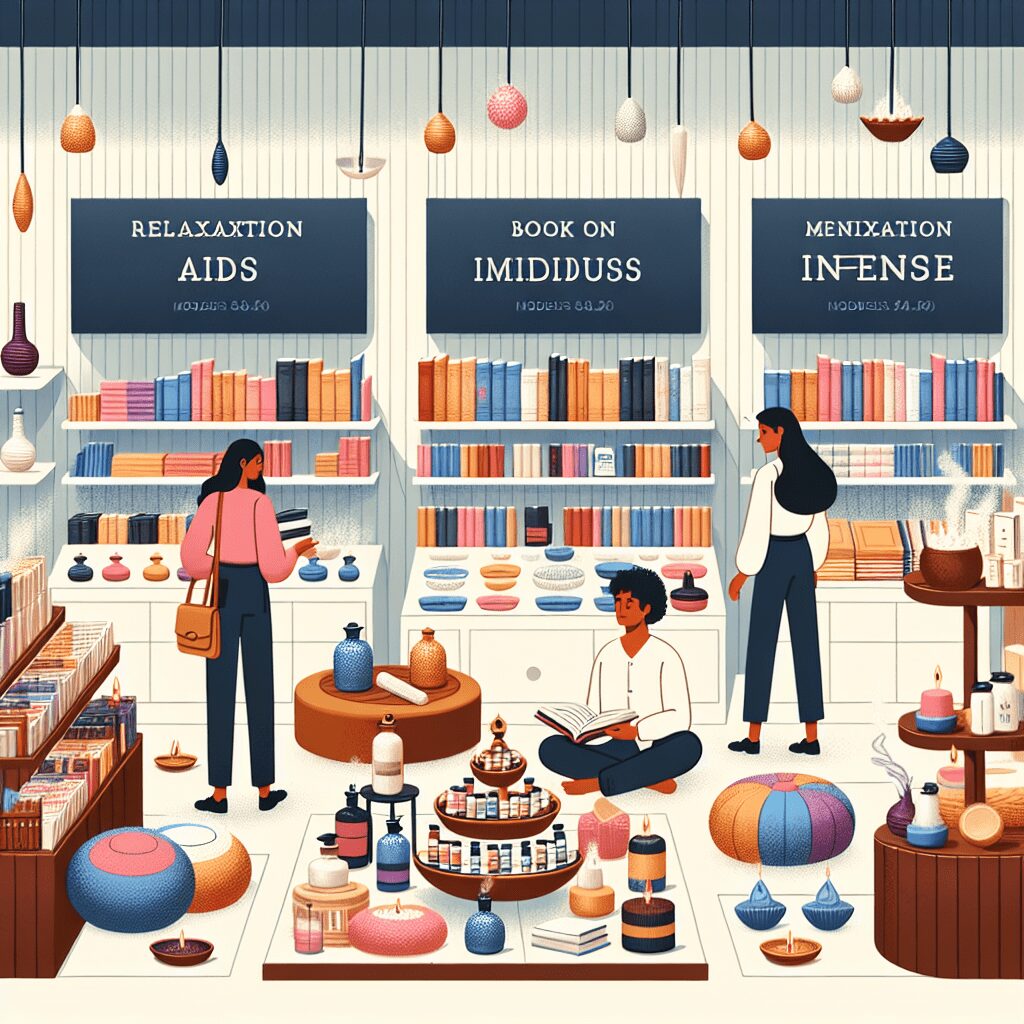
Prioritize your mental well-being daily. Enhance your life by nurturing your mental health with the Smart Meditation app. Break free from stress, alleviate anxiety, and enhance your sleep quality starting today.
As A Recovering Lust Addict How Do I Pray And Meditate In Recovery?
Harnessing the Power of Prayer and Meditation in the Journey of Recovery
Breaking free from the clutches of lust addiction is akin to navigating through a tumultuous storm, where every step forward is a victory against the tempest within. It requires an arsenal of tools, strategies, and unwavering determination. Amongst these vital resources, prayer and meditation emerge as beacons of hope, guiding individuals towards serenity and mindfulness. Here’s a deep dive into integrating these profound practices into your recovery journey.
The Art of Prayer in Recovery
Prayer, in its essence, is a heartfelt conversation with a higher power, the universe, or your inner consciousness, depending on your beliefs. It’s not merely reciting words; it’s about opening your heart and expressing your deepest fears, hopes, and gratitude. Here’s how to enrich your recovery process through the power of prayer:
-
Cultivate a Daily Prayer Routine: Consistency is key. Dedicating specific times for prayer each day creates a sense of stability and routine in your life. Morning prayers can set a positive tone for the day, while nighttime reflections can offer peace and closure.
-
Be Candid, Be You: Don’t hold back. Whether you’re feeling low, tempted, or grateful, express it all. Your prayer time is your safe space, where you can bear your soul without fear of judgment.
-
Incorporate Gratitude: Start or end your prayers by counting your blessings. Recognizing the positive aspects of your life, no matter how small, can shift your focus from craving to contentment.
-
Seek Guidance, Not Just Relief: While it’s natural to pray for strength to overcome lust, also pray for wisdom, patience, and understanding to navigate your recovery path more effectively.
Mastering Meditation for Mindful Recovery
Meditation, the ancient practice of focusing and calming the mind, offers a sanctuary from the chaos of addiction. By training your mind to be present and mindful, you gradually weaken the grip of compulsive desires. Here’s how you can make meditation a cornerstone of your recovery:
-
Start Small: If you’re new to meditation, begin with short, 5-minute sessions. Gradually increase the duration as you become more comfortable with the practice.
-
Explore Different Techniques: From guided meditations and mindfulness to transcendental meditation, there’s a vast world to explore. Find the method that resonates with you the most.
-
Create a Dedicated Space: Having a tranquil, dedicated spot for meditation can enhance your practice. It could be a corner of your room, adorned with items that promote peace and serenity.
-
Integrate Mindfulness into Daily Life: Meditation isn’t confined to your designated quiet time; it’s a skill to carry through your day. Practice being fully present in each moment, whether you’re eating, walking, or talking.
Embracing a Holistic Approach
Remember, conquering lust addiction is a marathon, not a sprint. Combining prayer and meditation with other recovery strategies, such as therapy, support groups, and healthy lifestyle changes, creates a robust framework for enduring success. Patience, persistence, and self-compassion are your allies on this journey.
By weaving prayer and meditation into the fabric of your recovery, you not only combat lust but also embark on a transformative journey towards a more mindful, peaceful, and fulfilling life. Here’s to finding strength in stillness and hope in every prayer.





